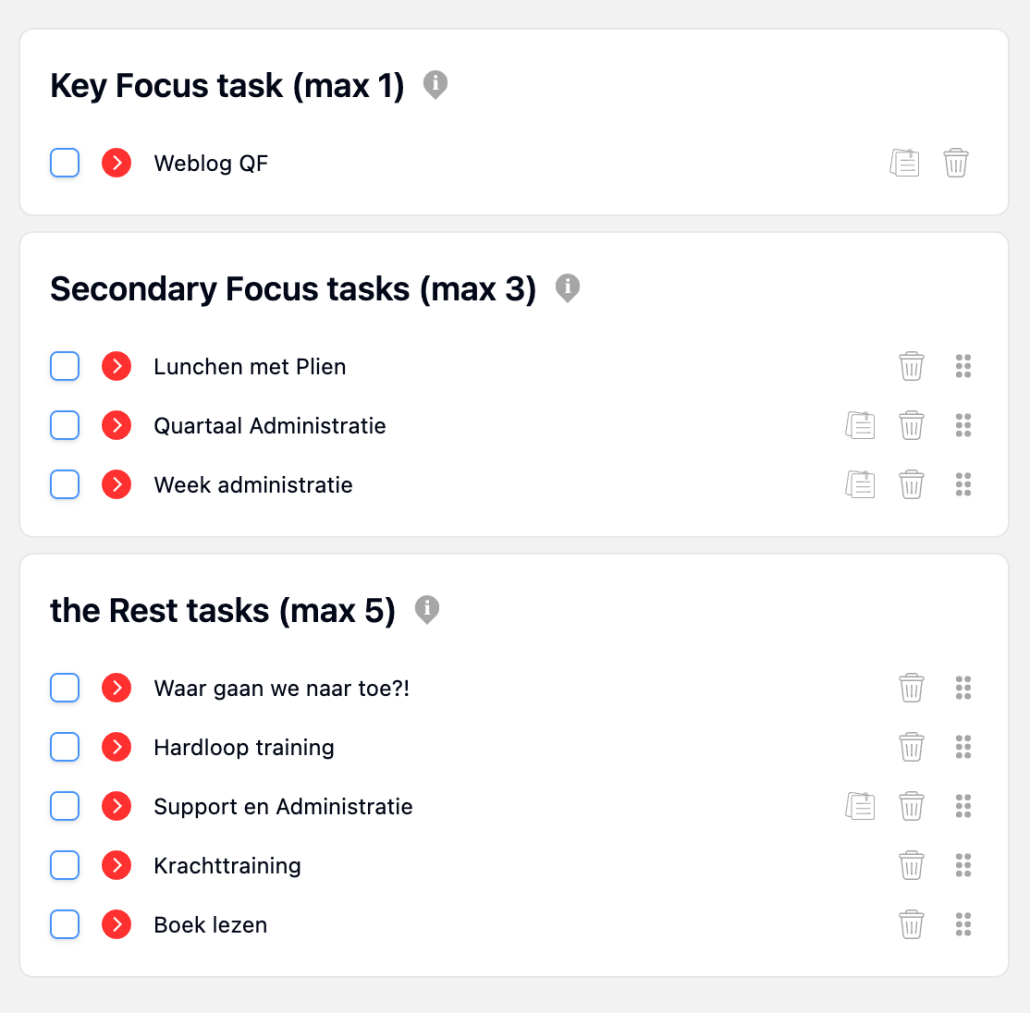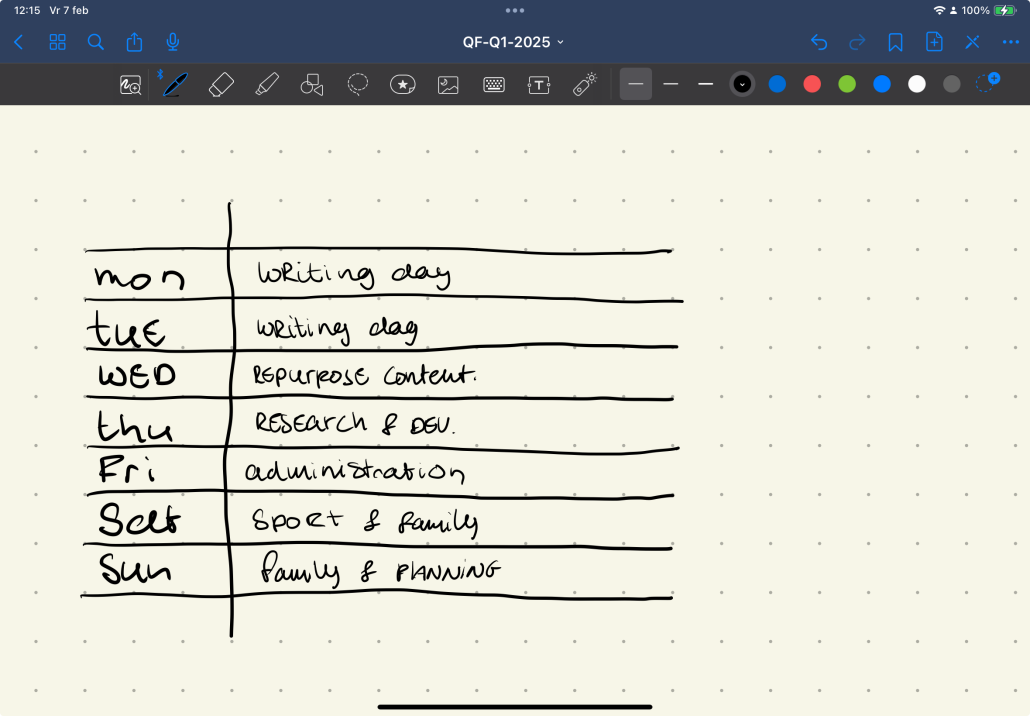Master Your Schedule: Time Blocking, Task Batching & More

Introduction
Ever feel like your to-do list is an unstoppable monster, growing faster than you can check things off? Like no matter how hard you work, you’re still scrambling to keep up? I used to feel that way all the time! No matter how much effort I put in, it seemed like the work just kept piling up. Work life is like a never-ending game of whack-a-mole—one task down, five more pop up.
For the longest time, I felt like I was just reacting to everything, constantly putting out fires instead of making real progress. But then I discovered time blocking—a game-changer that finally helped me take back control. It gave me the structure I desperately needed to focus, meet deadlines (without the last-minute panic), and actually accomplish what mattered most. Let me show you how it can do the same for you!
What is Time Blocking?
Time blocking is a method where you divide your day into dedicated chunks of time, each assigned to a specific task or type of work. Instead of constantly switching gears, you plan out when you’ll tackle each priority and stick to it like a VIP meeting with yourself.
Why Time Blocking Works
Traditional to-do lists often fail because they don’t provide a clear structure. Time blocking solves that by:
- Adding Structure & Clarity: No more guessing what’s next.
- Keeping You Accountable: If it’s scheduled, it gets done.
- Eliminating Procrastination: No more “What should I do now?” moments.
- Creating Focused Work Sessions: Blocks out distractions for deep work.
How Time Blocking Fits into the Quarter Focus Model
At Quarter Focus, we’re all about working smarter, not harder. The model is built on four pillars:
- Clarity – Knowing what actually matters.
- Structure – Creating a plan to keep focus locked in.
- Action – Taking meaningful steps toward goals.
- Reflection – Adjusting and improving along the way.
Time blocking seamlessly fits into this system. It gives you the structure to break goals into daily deep focus blocks, using the 1-3-5 rule
1 Key Focus Task: A major task that has the most significant impact or is the top priority of the day.
3 Secondary Focus Tasks: Important but not as critical as the key focus task; these contribute meaningfully to progress
5 Smaller Tasks: Smaller, easier-to-complete tasks that don’t require deep focus but still need to be handled.

By organizing work this way, I’m avoid overwhelm and actually make progress.
The Science Behind Time Blocking
Time blocking isn’t just a fancy planner trick—it’s backed by science. Our brains love structure, and blocking time for tasks helps us focus better and work smarter.
How Time Blocking Boosts Focus
- Reduces Decision Fatigue
- Decision fatigue is a well-documented phenomenon where making too many decisions depletes mental energy, leading to poorer choices over time. Psychologist Roy Baumeister, co-author of Willpower: Rediscovering the Greatest Human Strength, explains that our decision-making capacity is finite.
- By pre-scheduling tasks in advance, time blocking removes the constant “What should I do next?” debate from your day. This frees up mental energy for meaningful work and reduces procrastination.
- Encourages Deep Work
- Cal Newport, author of Deep Work: Rules for Focused Success in a Distracted World, emphasizes the importance of uninterrupted focus for producing high-quality work. Time blocking creates dedicated periods for deep work by minimizing distractions and interruptions.
- Newport argues that deep work is essential for mastering complex tasks and achieving peak productivity in today’s distraction-filled world.
- Minimizes Task Switching
- Research from the American Psychological Association (APA) shows that task switching—also known as context switching—can reduce productivity by up to 40%. Each time you switch between tasks, your brain requires time to recalibrate, which wastes valuable energy.
- Time blocking combats this inefficiency by grouping similar tasks together or dedicating uninterrupted blocks to one activity. This allows your brain to stay in a single cognitive “mode,” improving both speed and accuracy.
- Triggers Dopamine Release
- Dopamine, often referred to as the “feel-good” neurotransmitter, plays a critical role in motivation and reward. Neuroscientist Dr. Andrew Huberman explains that completing small milestones triggers dopamine release, reinforcing positive behavior.
- With time blocking, each completed block becomes a mini-goal that provides a sense of progress and accomplishment. This keeps motivation high throughout the day. Time Blocking Methods: Find What Works for You
Not all time blocking methods work for everyone. Here are a few styles to experiment with:
Task Batching: Work Smarter, Not Harder
Grouping similar tasks together reduces mental overload and increases efficiency.
- Emails: Handle all at once instead of all day.
- Content Creation: Write multiple blogs/social posts in one go.
- Meetings: Schedule back-to-back so they don’t disrupt deep work.
Day Theming: Assign Focus to Each Day
Assign a specific theme to each day to minimize context switching. I have implemented the 1-3-5 system along with daily theming as outlined below.

Time Boxing: Set a Time Limit & Move On
Instead of working until something is “perfect,” time boxing sets strict time limits.
- “Write 500 words in 45 minutes.”
- “Clear inbox in 30 minutes.”
Great for stopping perfectionism and procrastination in their tracks.
Setting Up Your Time Blocking System
Want to give time blocking a shot? Here’s how to get started:
Step 1: Identify Priorities
Make a list of your key tasks based on impact and deadlines.
Step 2: Choose Your Time Blocking Style
- Strict Time Blocking: Every task has a dedicated slot.
- Flexible Time Blocking: More fluid, but still structured.
- Hybrid: Mix of strict and flexible time blocks.
Step 3: Plan Your Day in Advance
Use Google Calendar or a physical planner to schedule tomorrow’s blocks.
Step 4: Build in Breaks & Buffer Time
Over-scheduling is a fast track to burnout. Add buffer periods.
Step 5: Evaluate & Adjust
Reflect at the end of the week. What worked? What didn’t? Tweak as needed.
Overcoming Common Time Blocking Challenges
Dealing with Interruptions
- Communicate your schedule to others by clearly setting expectations with colleagues, clients, and family members about when you’re available and when you need uninterrupted focus time. Let them know your dedicated work blocks and encourage them to respect your schedule.
- Use “Do Not Disturb” mode on your phone, messaging apps, and email notifications to prevent unnecessary interruptions. Consider setting up automated responses during focus time to inform others that you’ll get back to them later.
- Establish physical or digital signals, like a “deep work” sign on your desk or an updated Slack status, to indicate when you shouldn’t be disturbed.
- If unexpected interruptions happen, have a plan in place to quickly acknowledge and defer them, such as noting them down to address during a scheduled break or after a work block is completed.
Underestimating Time
- Add buffer time so small delays don’t throw you off track. Unexpected hiccups—like a meeting running over or a task taking longer than expected—are inevitable. Scheduling an extra 10-15 minutes between major blocks allows you to absorb these delays without derailing your entire day. Additionally, use buffer time to catch up on smaller tasks or take a quick mental reset before jumping into your next focused work session.
Sticking to the Plan
- Start with just one or two time blocks per day and gradually expand as you get comfortable. Pay attention to what works and what doesn’t, and adjust accordingly. If a certain block isn’t effective, shift the timing or task until you find the best fit. Treat your schedule like an evolving blueprint rather than a rigid plan—adaptability is key to long-term success.
Conclusion: Own Your Schedule, Own Your Success
Mastering your schedule isn’t about working more—it’s about working smarter. By using time blocking, task batching, day theming, and time boxing, you can take control of your time, eliminate overwhelm, and actually get things done.
🚀 Ready to reclaim your focus? Try time blocking today and see the difference!



Responses